
The strait between Albania and the Greek island of Corfu is less than 2km across its narrowest point. In this picture, Albania is in the background, and Corfu is in the left foreground.

The hydrofoil from Saranda in Albania to Kerkyra on Corfu takes less than two hours to do the crossing.


Corfu is greener than the nearby shoreline of Albania.


Corfu was under Venetian protection for about three hundred years and so, unlike most of Greece and in spite of its nearness to the mainland, was never part of the Ottoman empire, although it was invaded by Ottoman armies. The harbor of Kerkyra has an old Venetian fort which is quite impressive.
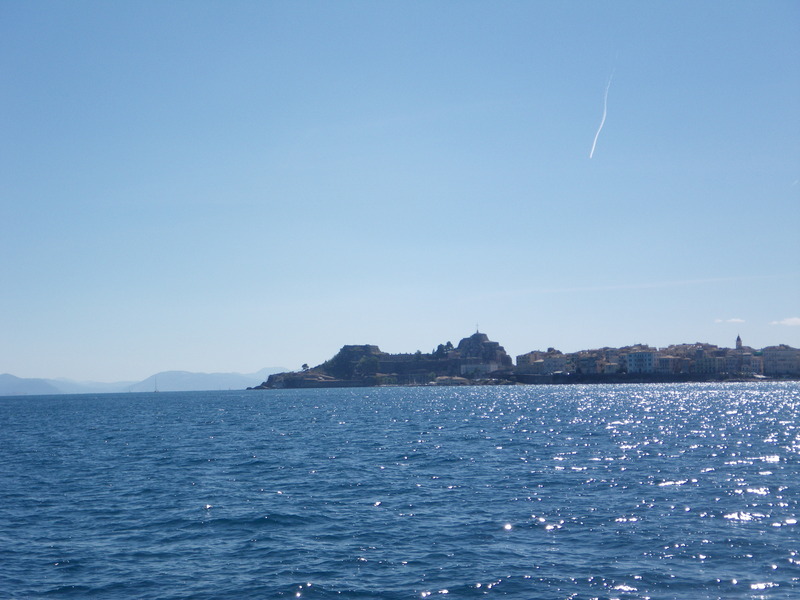

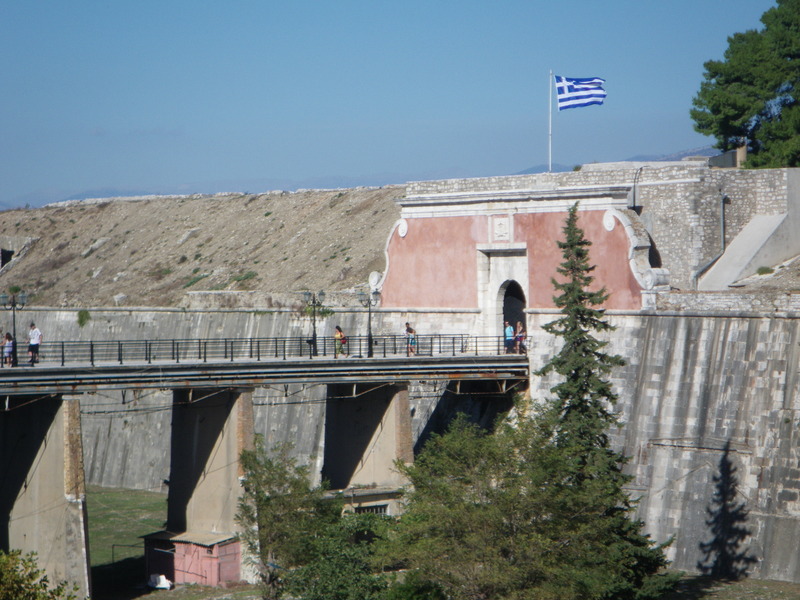


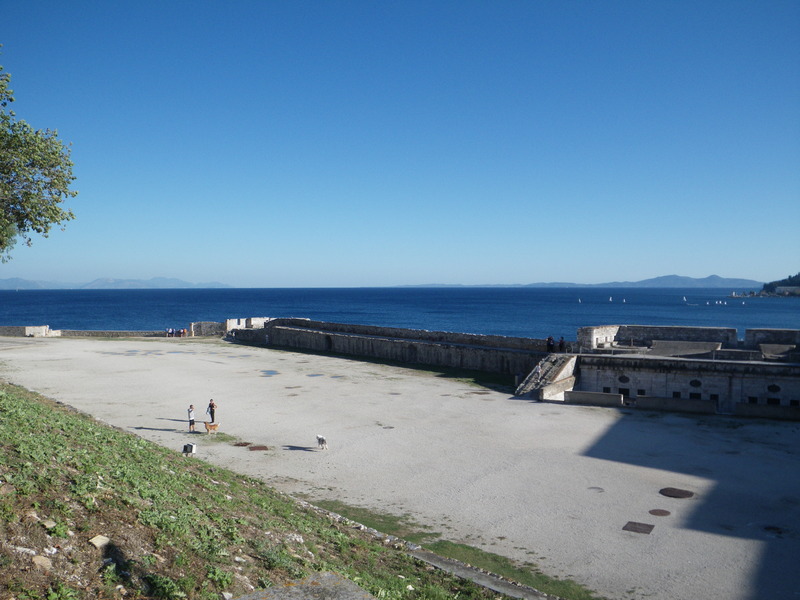

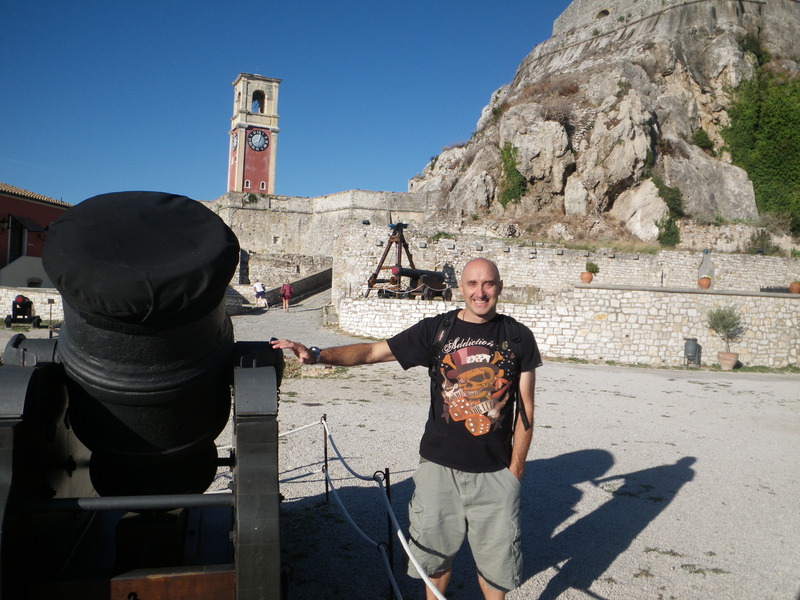
Inside the fort is a more recent church. This church has the distinction of being the church where the husband of Queen Elisabeth, Prince Philip, was baptized.
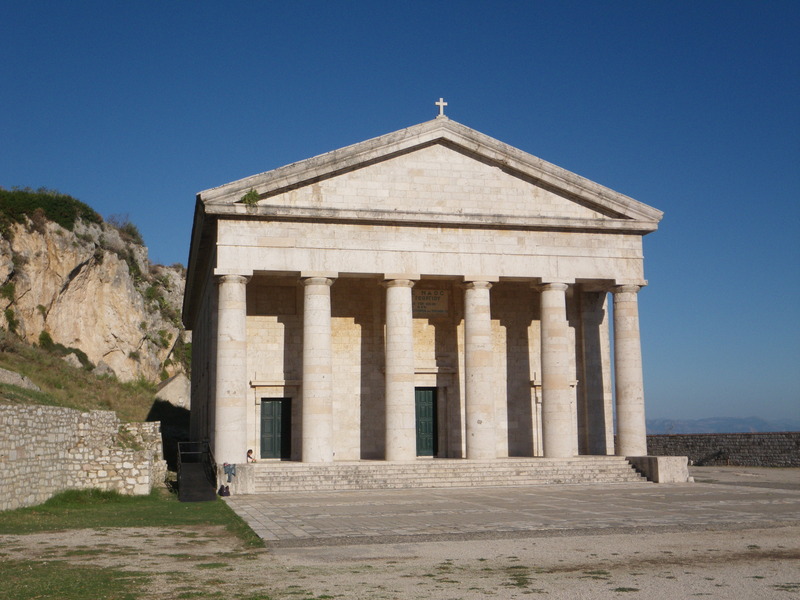
For a time after Napoleon captured Venice in 1799, Corfu was under British rule. As a result, Corfu has the only cricket team in Greece. The cricket field is the grassy park in this picture.

The old town of Corfu, on the other hand, resembles an Italian town.




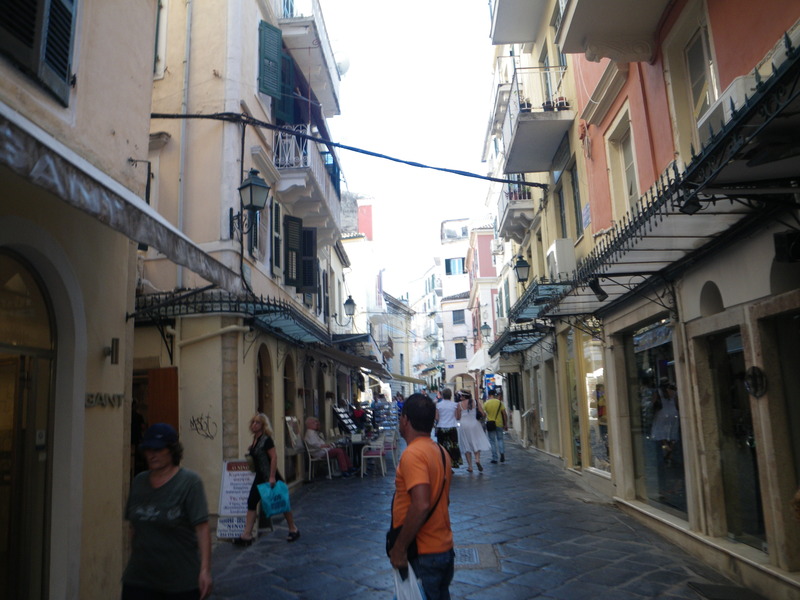
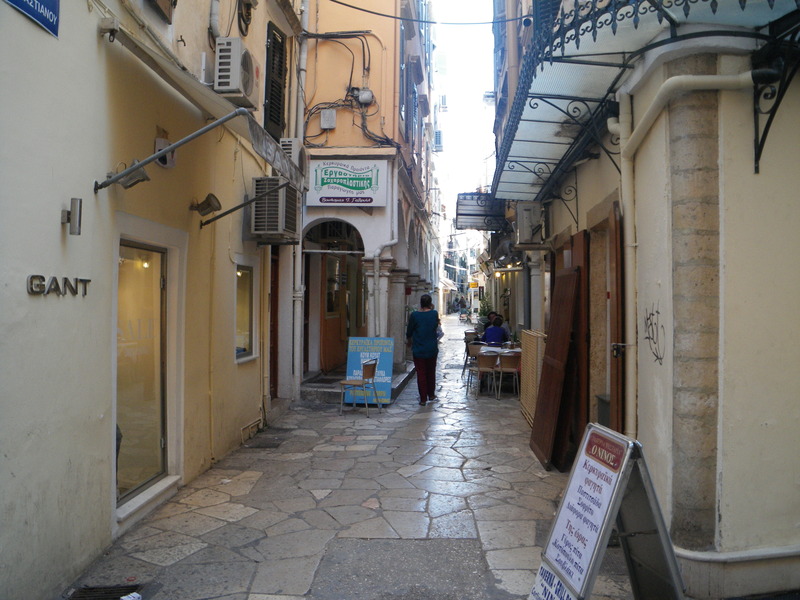
The campanile (bell tower) in the next picture belongs to the church of St. Spiridon, the patron saint of the island and the reason that many Corfiot men are named Spiro.

Here is St. Spiridon.

In the old town of Kerkyra, I found a store named "Edo", in Greek characters, of course. I was told "Edo" in Greek means "here".

Prince Philip is not the only royal connection that Corfu has. In 1890, Empress Elizabeth of Austria, also known as Sisi, had a villa built South of Kerkyra. She was very knowledgeable about ancient Greek culture and fluent in Greek. She dedicated the villa to her hero, the Homeric warrior Achilles, and so called it Achilleion.

The villa is relatively small for an empress, but the gardens are magnificent and filled with statues. This was Empress Elizabeth's favorite statue, of Achilles dying.


Achilles was half-god and half-human. His goddess mother, when he was born, bathed him in the river Styx, which made him invulnerable, except that she held him by the heel. Where she held him, Achilles could be injured.
In the Trojan war, the Trojan hero Hector had killed Patroclus, a friend of Achilles. Achilles then killed Hector, and in his anger, dragged Hector's body behind his chariot around the walls of Troy.

The gods were angry with Achilles for being disrespectful to Hector's dead body, and instructed Hector's brother Paris to shoot Achilles with a poisoned arrow which, perhaps aided by the god Apollo, hit Achilles in his only vulnerable spot, the heel.

Empress Elizabeth was killed in Geneva by an anarchist. After her passing, the villa was purchased by emperor Wilhelm II of Germany. He felt that having a dying hero as the centerpiece of his garden was not right for an emperor. So instead, he instead placed a giant bronze statue of Achilles standing gloriously ready for battle.


The garden has nice views of Corfu, including (just left of center in the first picture) the old Venetian fort.




The old Venetian fort is also shown on this woodblock print from the Achilleion.

The airport of Kerkyra is built on landfill in a lagoon near the sea that was the harbor of Corfu in ancient times. The material for the landfill was taken from the houses destroyed during World War II. These pictures show the lagoon, which here looks like a little lake.


Emperor Wilhelm kept some portraits of Empress Elizabeth, and even added a statue of her. She was reported to be a beautiful woman.

